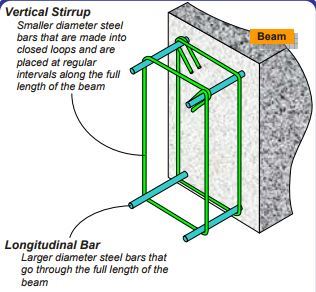 |
| Concrete Batching Plant that can be easily and quickly erected at site |
KYB- Conmat Pvt. Ltd. has been major contributor in this drive towards greater efficiency and productivity of resources in India. There are various advantages offered by technically advanced Construction Equipment like timely completion of projects, improved quality of work, cost savings and profitability, performing multiple tasks, reduced maintenance cost, and enhance brand value.
"KYB- Conmat's hi- tech, higher capacity batching plant with support equipment, contributes the most advanced offering in road construction equipment segment, which contains 90, 120, 160, 200 & 240 cum per hour capacity building plant. The uniqueness about this infra series batching plant is its in-line configuration due to which very less foundation is required & twin shaft mixer technology, which is the latest technology in mixing, through which homogeneous mixing can be achieved in a very less time.
The most striking feature of KYB- Conmat batching plant is its faster & easy erection at site. It has all welded frame structure & comes fully assembled from the factory in three parts. It can be installed with an ordinary "Pick & Carry" crane available locally. KYB- Conmat's batching plant engineered to perfection requires minimum maintenance, assuring continuous performance. They have invested heavily in state - of- the- art design & development, which is not only efficient, but performs in tough conditions.















